Do You Know Flag Of India Once Had Moon And Star On It? Check Evolution Of Tricolour Or Tiranga This Indian Independence Day
)
In 1906, during the Swadeshi and Boycott struggle, a flag of India was hoisted for the first time in the Parsee Bagan Square in Calcutta (present-day Kolkata).
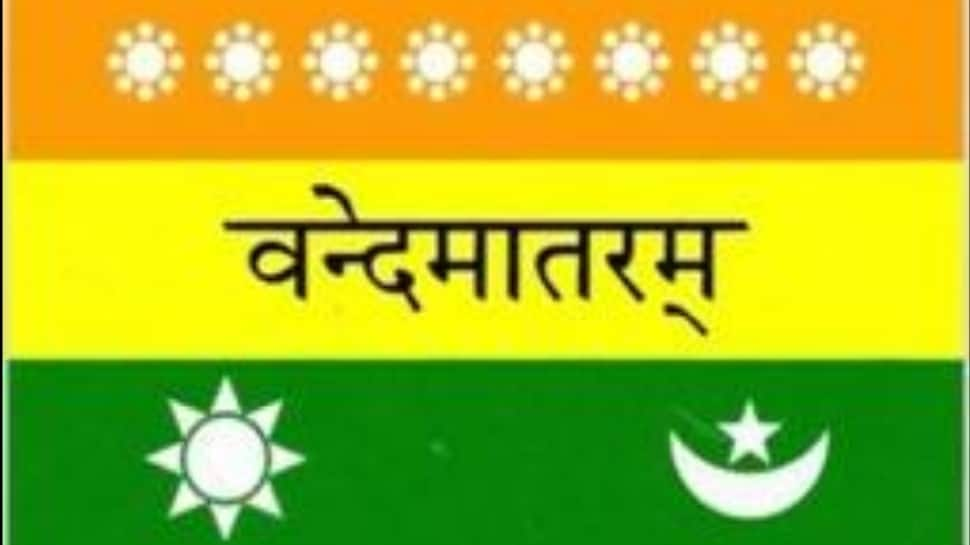
In 1907, a similar flag with slight modifications was raised by Madam Bhikaji Cama in Paris. This flag was also exhibited in Berlin at a socialist conference and thus came to be called the Berlin Committee Flag.
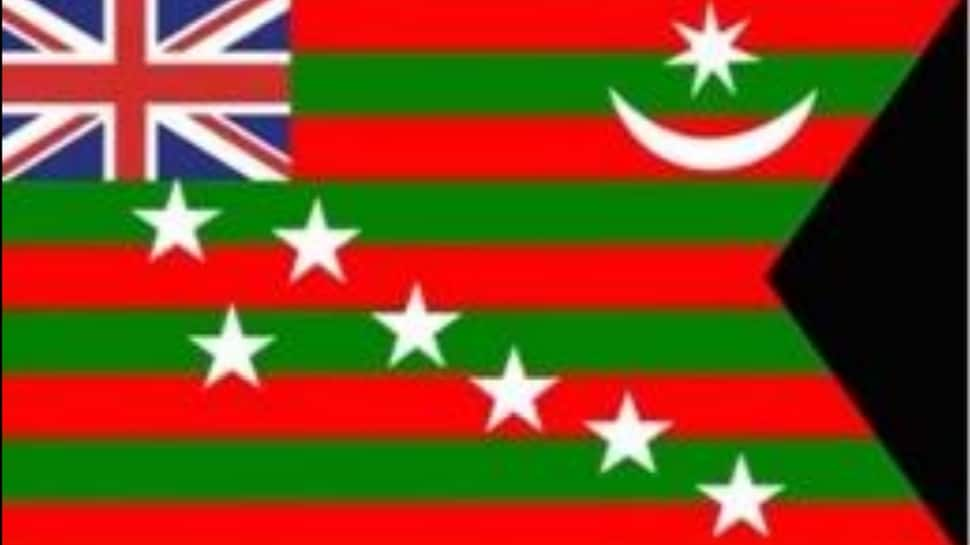
In 1917, as a part of the Home Rule Movement, Annie Besant and Bal Gangadhar Tilak hoisted another flag. The flag signified autonomous rule for Indians within the Colonial Empire.
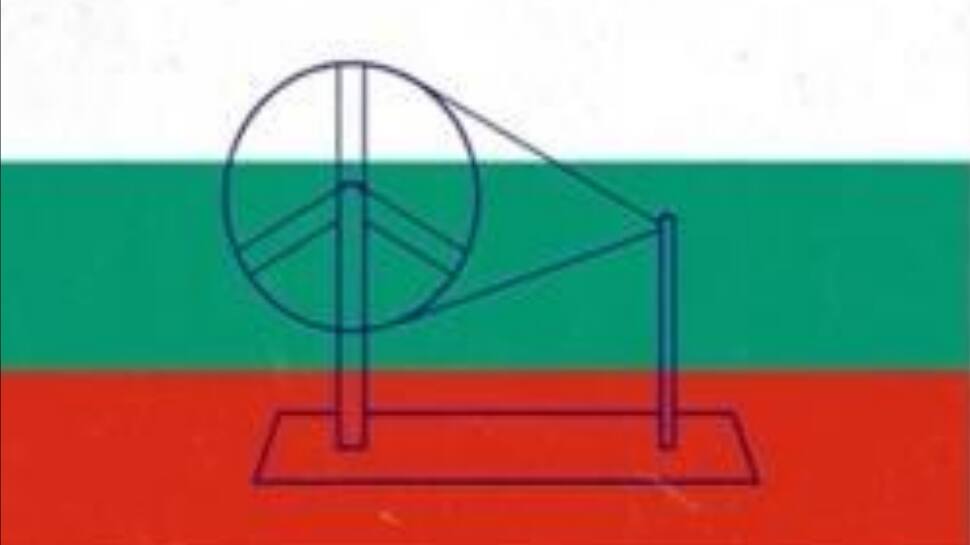
In 1921, at the Bezwada (now Vijayawada) session of Congress, a young freedom fighter Pingali Venkaiah, presented a design of a flag to Mahatma Gandhi. The flag consisted of three stripes representing multiple communities living in harmony in India. A spinning wheel was superimposed in the center, signifying the country's progress.
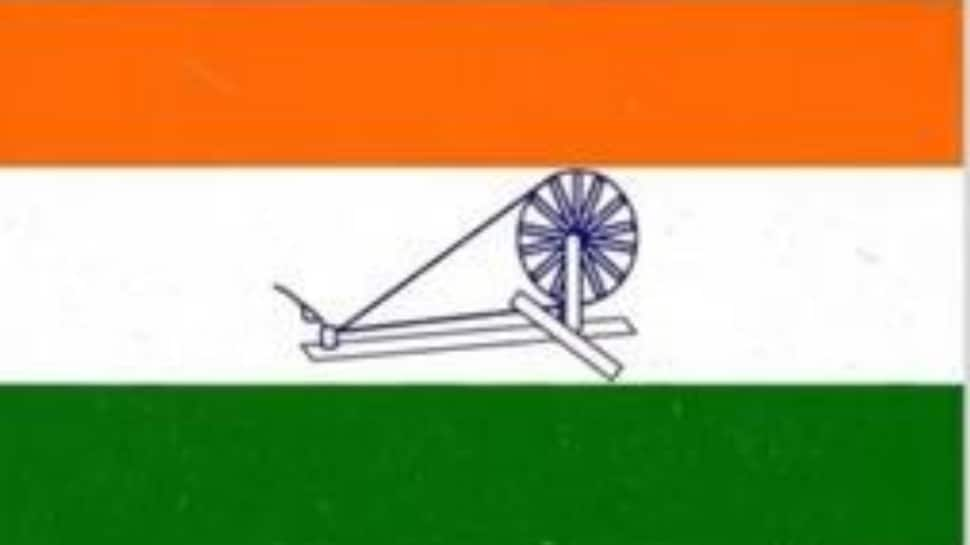
In 1931, a formal resolution was passed adopting Pingali Vekaiah's flag with a little modification. While the white and green remained, the red was replaced by saffron. The saffron was for courage, white for peace and green for fertility and growth.
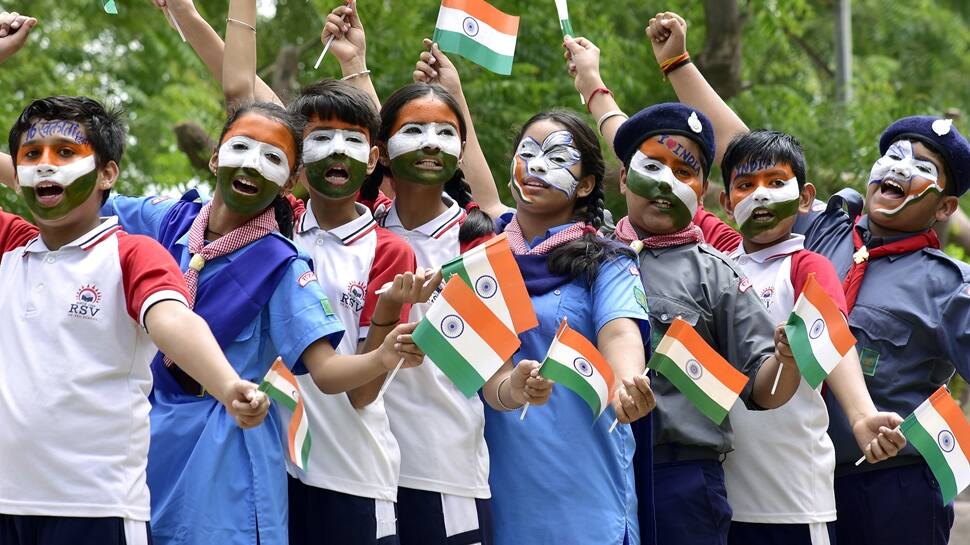
Finally, in July 1947, the Constituent Assembly formally adopted the flag of free India. The spinning wheel was replaced by the Dharma Chakra of Emperor Ashoka, symbolizing truth and life. This came to be called the Tiranga.

